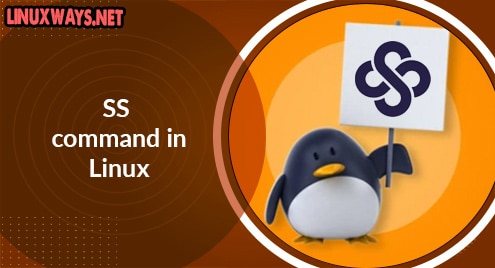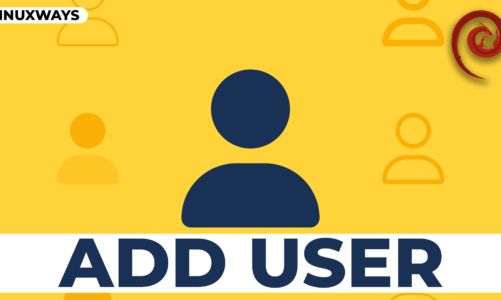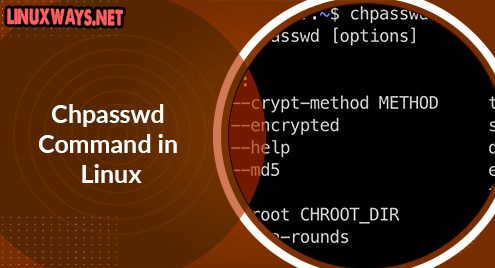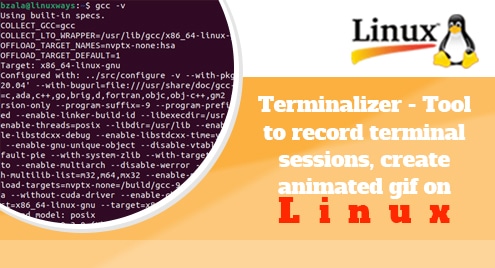Introduction
ss is a command used to get information about network connections. It is very easy during the troubleshooting process about the connection.
ss is a command equivalent to netstat command. It will display detailed information on how your machine interacts with other networks, services, and network connections.
Below is the guide on how to use the ss command in Linux.
The function of ss command
1. To list network connections
$ ss
Output:

2. To list listening sockets
$ ss -l
Output:

3. To list all sockets
$ ss -a
Output:

4. To list TCP sockets
Here we want to list TCP sockets, so we will use -t option:
$ ss -a -t
Output:

5. To list UDP sockets
We will use -u option:
$ ss -a -u
Output:

6. To list UNIX sockets
We will use -x option:
$ ss -a -x
Output:

7. To list Raw sockets
We will use -w option:
$ ss -a -w
Output:

8. To list IPV4 Sockets
We will use -4 option:
$ ss -a -4
Output:

9. To list IPV6 Sockets
We will use -6 option:
$ ss -a -6
Output:

Conclusion
You’ve already gone through the details of how to use the ss command in Linux.
Thanks for reading.




